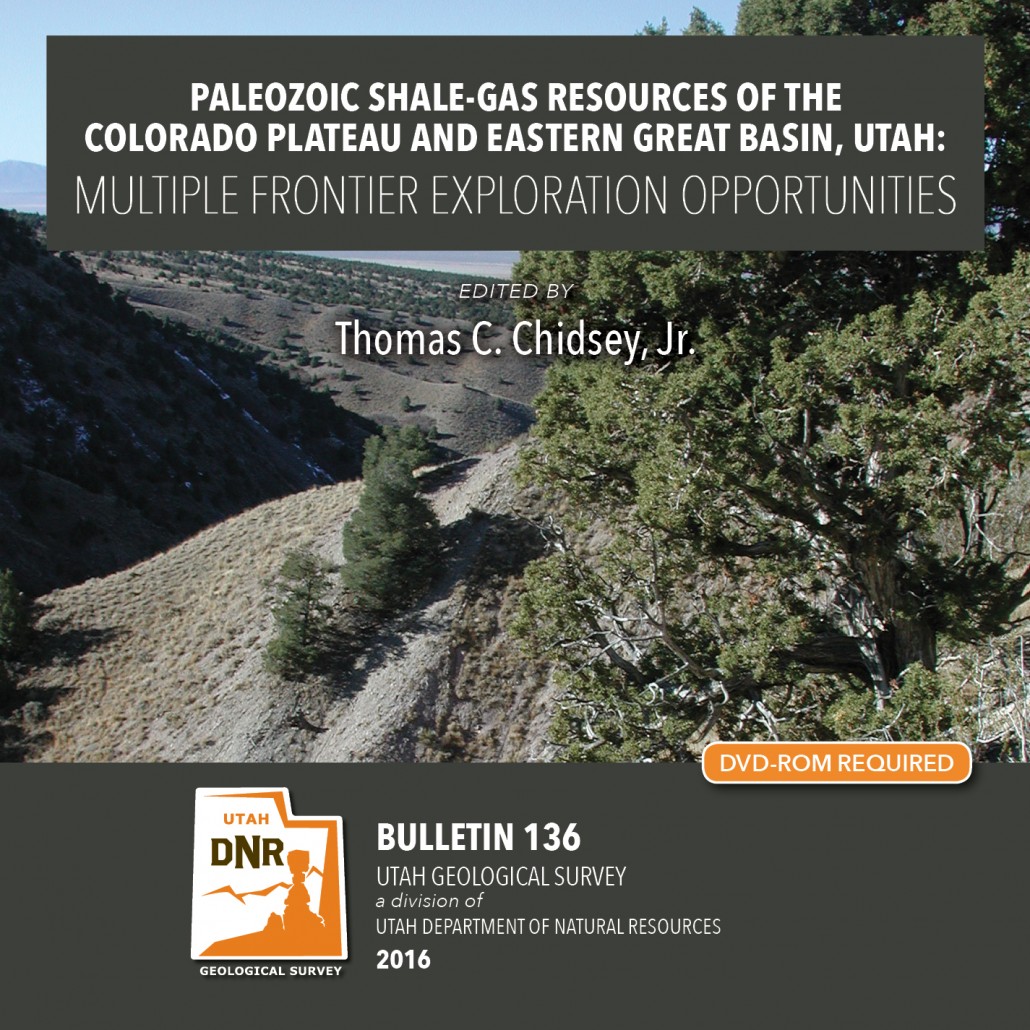
Landslide Inventory Map of The Sixmile Canyon and North Hollow Area, Sanpete County, Utah
By: Gregg S. Beukelman, Ben A. Erickson, and Richard E. Giraud
This map represents a landslide inventory of part of the Sixmile Canyon and North Hollow area, Sanpete County, Utah, at a scale of 1:24,000. The map covers 42 square miles on the west side of the Wasatch Plateau and includes parts of the Sixmile Creek and North Hollow-Twelvemile Creek Hydrologic Units. The map and accompanying geodatabase show and characterize landslides and provide information useful for managing landslide-related issues. Spatial and tabular data for each landslide are stored in the geodatabase and linked to the inventory map. Landslide information in the geodatabase includes: area, material type, movement type, landslide deposit name, landslide source name, movement activity, thickness, movement direction, approximate movement, dates, geologic unit(s) associated with landsliding, confidence in mapped boundaries, mapper, peer reviewer, and general comments. This CD contains geographic information system (GIS) files in ESRI file geodatabase and shapefile formats. Specialized GIS software is required to use the GIS files.
GET IT HERE





















